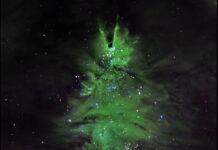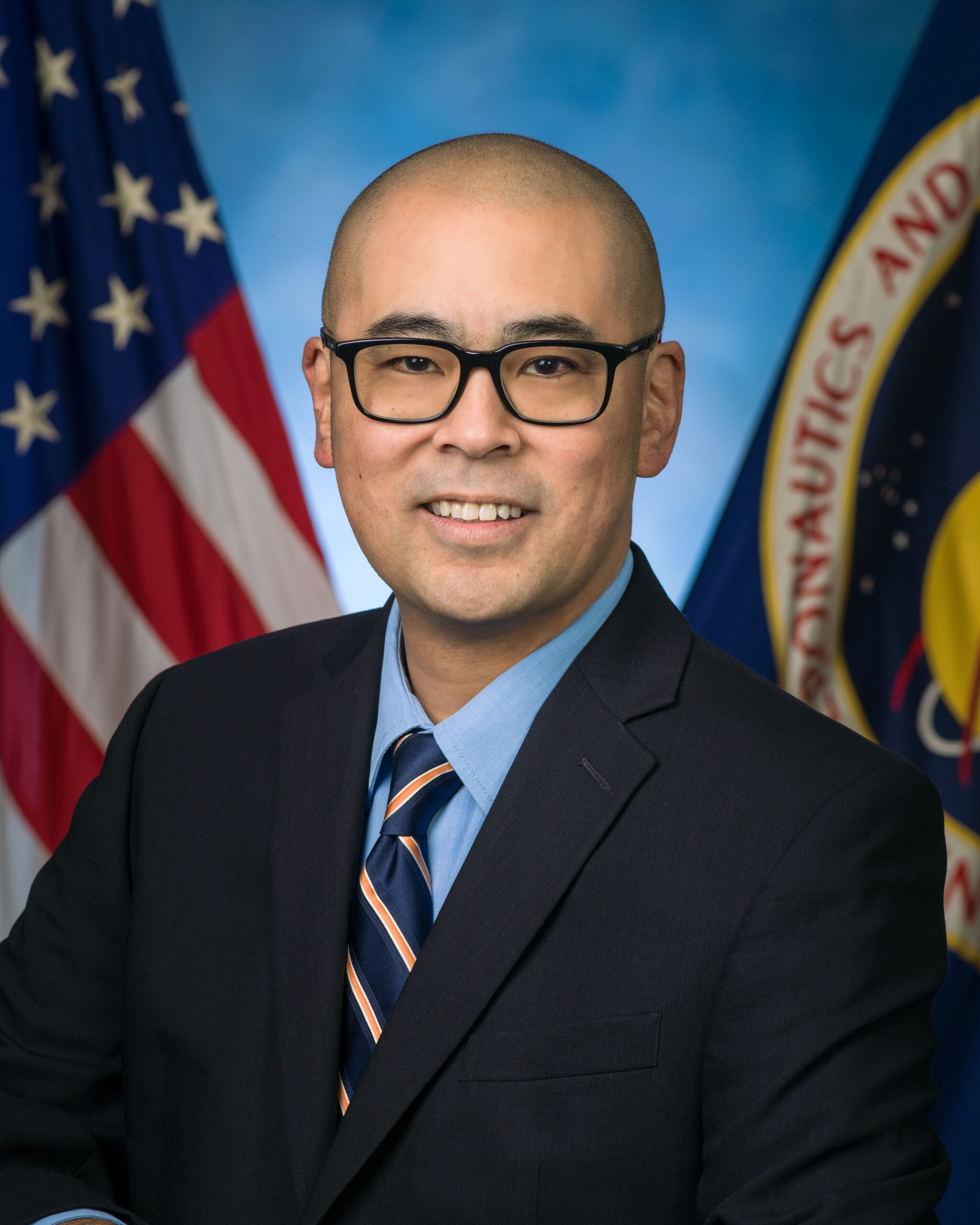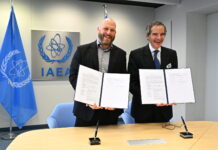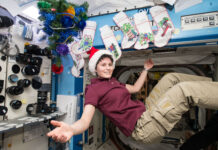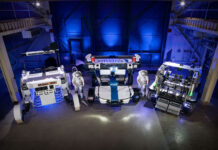Mark Sonoda’s Role in NASA’s Future: Embracing the New Era of Space Commercialization
Mark Sonoda, with an impressive 34 years of experience in human spaceflight, has been a key witness to some of NASA’s most significant milestones. From the early days of the International Space Station to the bittersweet farewell of the space shuttle program, Sonoda has seen it all. Now, as the acting associate program manager for NASA’s Commercial Low Earth Orbit Development Program (CLDP), he embarks on a new venture that promises to be just as transformative: the commercialization of space.
A New Chapter in Space Exploration
Sonoda’s latest role provides him with an extraordinary platform to influence the future of human spaceflight. NASA has been a dominant force in low Earth orbit since 1961, but under Sonoda’s guidance, the CLDP is taking steps to redefine this landscape. Sonoda articulates a vision where commercial low Earth orbit destinations, owned and operated by private companies, become the new norm. In this model, NASA transitions from being the sole driver of space exploration to becoming one of many customers, allowing for a broader range of advancements and benefits to humanity.
Harnessing Decades of Experience
With decades of experience under his belt, Sonoda is poised to guide the CLDP from its preliminary stages into a more operational phase. His extensive background in systems engineering and leadership will be instrumental in certifying these new commercial destinations in low Earth orbit. One of his primary focuses is ensuring that the program is equipped with the right personnel, infrastructure, and resources to thrive as it expands.
The Power of Teamwork
Throughout his career at NASA, Sonoda has learned many valuable lessons, with teamwork standing out as paramount. He recalls his time as a station training lead, where he discovered that even the most meticulously crafted plans could be enhanced through collaboration. "A good team will always be stronger than an individual," Sonoda reflects, emphasizing that NASA’s strength lies in its collective efforts.
Opportunities and Challenges Ahead
Looking to the future, Sonoda is enthusiastic about the potential for fostering commercial partnerships. He believes that increased access to space for private companies and individuals will spur new innovations and a renewed public interest in space exploration. However, he also acknowledges that NASA must adapt to its evolving role. The agency must transition from being the primary driver of space exploration to becoming one of many stakeholders in a dynamic commercial ecosystem.
Inspiring the Artemis Generation
For the Artemis Generation—those who will carry forward the next wave of space exploration—Sonoda hopes to leave a legacy of inspiration and resilience. He envisions a future where challenges are not seen as obstacles but as opportunities to improve our world.
Understanding the Commercial Low Earth Orbit Development Program
To fully grasp the impact of Sonoda’s work, it’s essential to understand the Commercial Low Earth Orbit Development Program (CLDP). This initiative aims to facilitate a robust commercial market in low Earth orbit, paving the way for private companies to establish and operate their own space stations. NASA’s role in this new ecosystem is to act as a catalyst, providing the necessary support and resources to encourage private sector innovation.
Why Commercialization Matters
The move towards commercialization has significant implications for the future of space exploration. By opening up low Earth orbit to private companies, NASA hopes to drive down costs, increase efficiency, and accelerate technological advancements. This approach also allows NASA to allocate more resources to ambitious projects, such as the Artemis missions, which aim to return humans to the Moon and eventually reach Mars.
The Role of Private Companies
Private companies play a crucial role in this new era of space exploration. Firms like SpaceX, Blue Origin, and others are already making significant strides in developing the technology and infrastructure needed for commercial space stations. These companies bring fresh perspectives, innovative solutions, and competitive dynamics to the field, all of which are essential for the continued evolution of human spaceflight.
Public Interest and Innovation
Sonoda believes that the commercialization of space will capture the public’s imagination and inspire a new generation of explorers. As private companies and individuals gain access to space, the possibilities for innovation are boundless. From new scientific research opportunities to potential tourism ventures, the commercial space industry holds the promise of making space more accessible and relevant to everyday people.
Adapting to a Changing Landscape
As NASA navigates this transition, it must also adapt to its changing role. The agency is no longer the sole architect of space exploration but a participant in a broader commercial ecosystem. This shift requires NASA to rethink its strategies, embrace new partnerships, and continue to be a leader in promoting safety, sustainability, and scientific excellence in space.
The Future of Human Spaceflight
As we look to the future, the commercialization of low Earth orbit represents a pivotal moment in the history of human spaceflight. Mark Sonoda’s leadership and vision are crucial in guiding NASA through this transition, ensuring that the agency remains at the forefront of space exploration while opening up new pathways for private enterprise and innovation.
Conclusion
Mark Sonoda’s new role in NASA signifies more than just a job title; it’s a testament to the evolving nature of space exploration. By embracing commercialization, NASA is not only ensuring its continued relevance but also paving the way for an exciting new era in space travel. This shift holds the potential to unlock unprecedented advancements and inspire future generations to look to the stars with hope and curiosity. For more information on NASA’s Commercial Low Earth Orbit Development Program and its initiatives, you can visit NASA’s official website.
For more Information, Refer to this article.



















